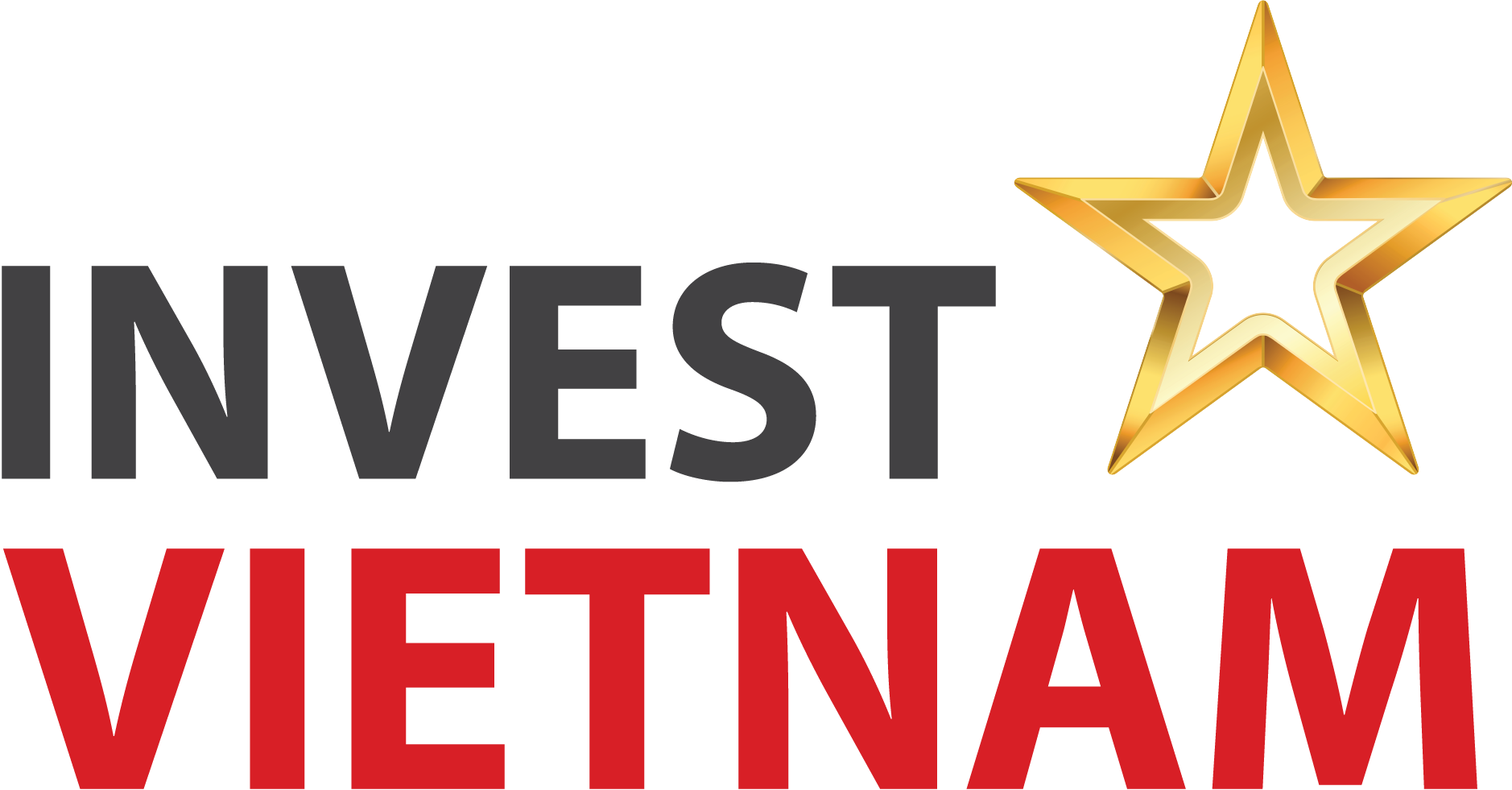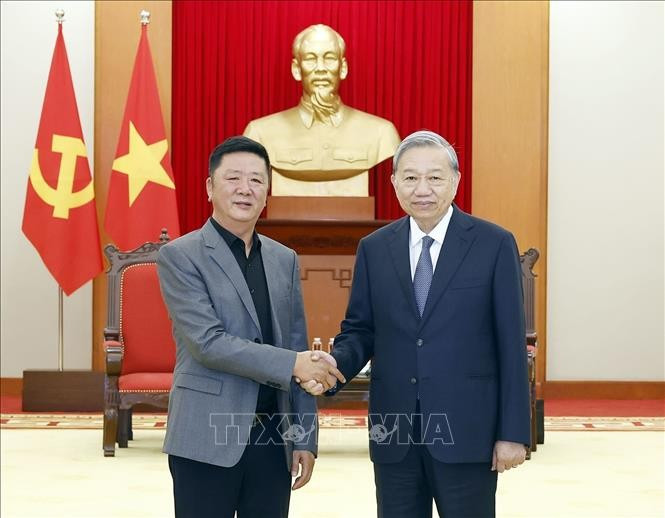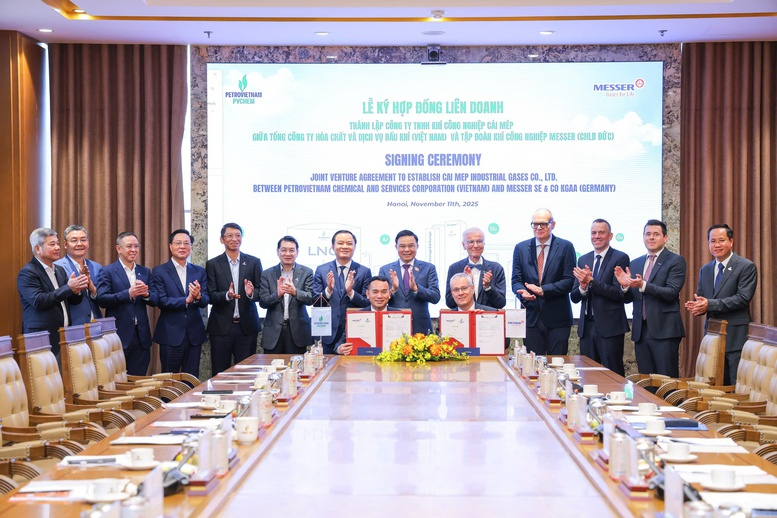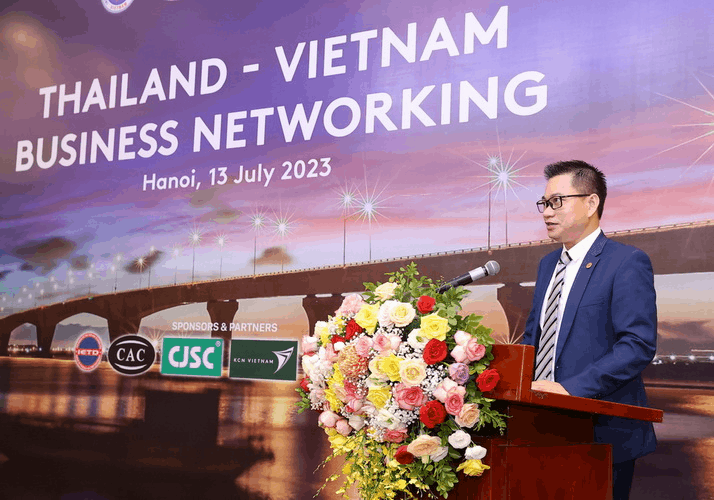FDI maintains upward momentum, hits new records
Vietnam’s foreign direct investment (FDI) continued its strong performance, with total registered capital reaching US$28.54 billion as of September 30, up 15.2% year-on-year, the highest level in five years.
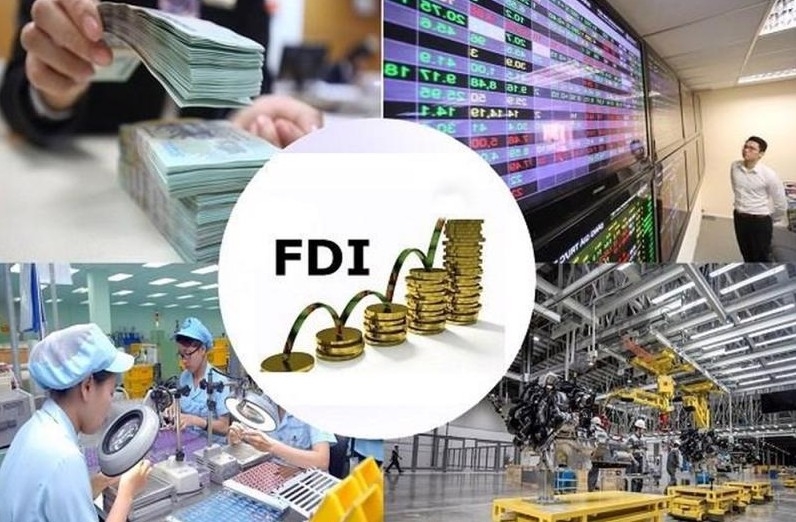
According to the General Statistics Office (GSO) under the Ministry of Finance, the total includes newly registered capital, adjusted capital, and capital contributions and share purchases, reflecting the ongoing expansion of foreign investors, particularly small and medium-sized enterprises.
During the nine-month period of 2025, Vietnam licensed 2,926 new projects, up 17.4% in number, though newly registered capital declined slightly by 8.6% to US$12.39 billion. Disbursed FDI reached US$18.8 billion, the highest in five years, rising 8.5% from a year earlier, demonstrating investors’ solid confidence in Vietnam’s investment climate.
Nguyen Anh Tuan, Deputy Director General of the Foreign Investment Agency (Ministry of Finance), said the foreign-invested sector should strengthen its linkages with the domestic economy, in which the private sector plays a central role. He noted that the implementation of Resolution 50 on foreign investment orientation will continue to focus on quality and efficiency, targeting double-digit growth during 2026–2030.
Across the country, investment attraction has shown positive results. Ho Chi Minh City, Binh Duong, and Ba Ria–Vung Tau provinces recorded a combined US$4.4 billion in new and adjusted capital, equivalent to 96.4% of the same period last year and 118% of the full-year plan. Ho Chi Minh City topped the nation in FDI inflows during the nine-month period.
Ho Chi Minh City People’s Committee Chairman Nguyen Van Duoc said iconic projects such as the IFC International Transshipment Port and the coastal Smart City are expected to generate strong spillover effects and mark a new phase of development for the city. He emphasized the city’s willingness to work closely with experts, scholars, international organizations, and enterprises in building an international financial center, reaffirming its commitment to creating a transparent, comprehensive investment environment aligned with global standards.
Following HCM City, northern Bac Ninh province attracted more than US$4.7 billion, accounting for 16.8% of total FDI, followed by Hanoi with more thanUS$3.8 billion (13.6%), then Dong Nai, Hai Phong, and Hung Yen proviinces. After merging with Bac Giang, Bac Ninh has consolidated its position as northern Vietnam’s “FDI magnet,” home to major investors such as Samsung, Canon, Goertek, Foxconn, Hana Micron, and Luxshare.
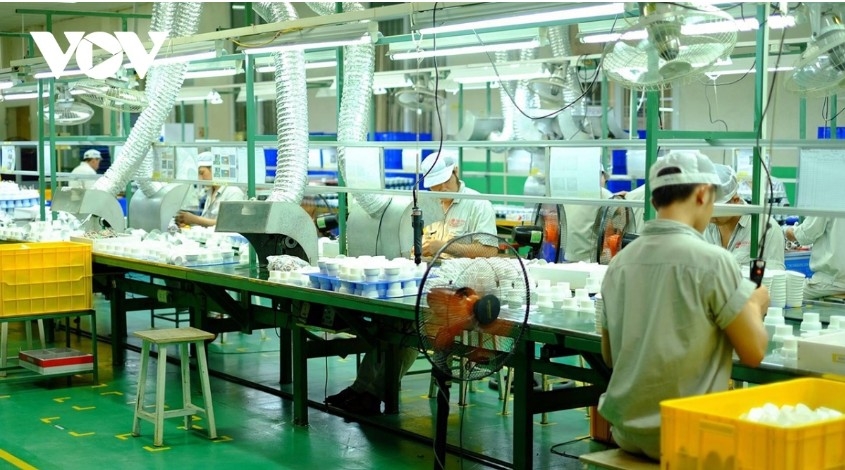
Following its merger with Bac Giang, Bac Ninh further strengthens its position as the FDI magnet of northern Vietnam (Illustrative photo)
Bac Ninh provincial People’s Committee Chairman Vuong Quoc Tuan said the province is prioritizing high-tech industrial development linked with domestic enterprises to build a sustainable support ecosystem. He stressed Bac Ninh’s ongoing administrative reforms aimed at cutting processing time, reducing costs, and ensuring transparency to maximize investor convenience.
In the north, Hai Phong municipal People’s Committee Chairman Le Ngoc Chau affirmed that “the success of enterprises is key to the city’s development.” The city, he said, will continue to support businesses in removing obstacles, safeguarding legitimate interests, and fostering a stable, transparent, and balanced investment environment. Hai Phong is also committed to social welfare efforts under the goal of “leaving no one behind,” aiming for sustainable and inclusive growth.
In the south central coast, the merger of Khanh Hoa and Ninh Thuan has created a new development space of more than 8,550 square kilometers, with a population exceeding 2.2 million and a nearly 500-kilometer continuous coastline. Experts said the new Khanh Hoa province holds great potential to attract investment across sectors but should continue administrative reforms, enhance transparency, and upgrade infrastructure, particularly in the southern part of the province.
Chau Ngo Anh Nhan, Director of the Khanh Hoa Department of Finance, said the province is destined to become a centrally governed city by 2030, focusing on three key goals: achieving budgetary balance toward becoming a national growth pole, and increasing per-capita GRDP. He said the province will act decisively to attract investment, accelerate project implementation, and streamline administrative procedures to reach these targets.
With the completion of the two-tier local government model, the expansion of development space and resource optimization are expected to create fresh momentum, thereby strengthening Vietnam’s position as one of the most attractive investment destinations in the region.
Source: VOV
Original link